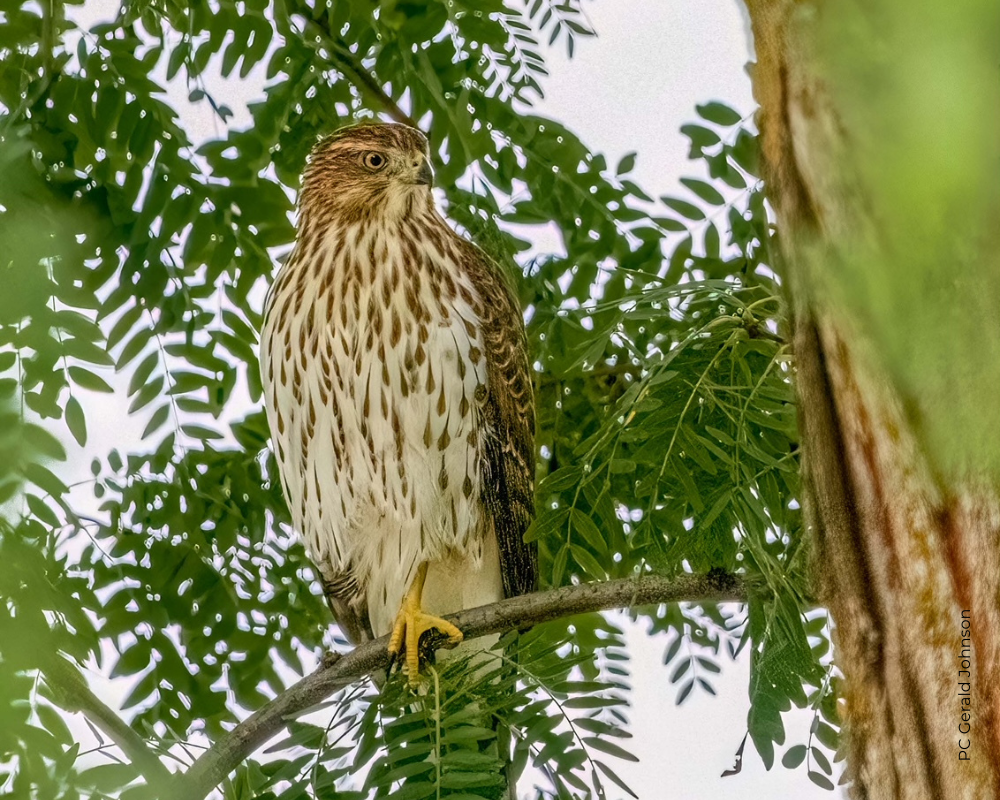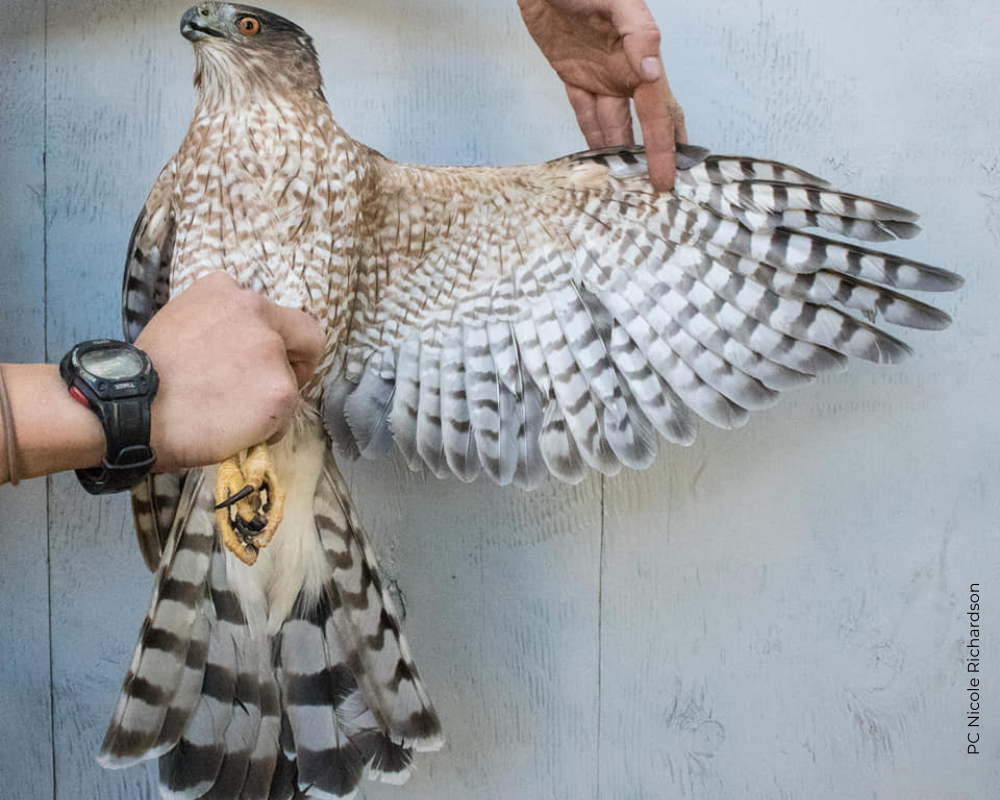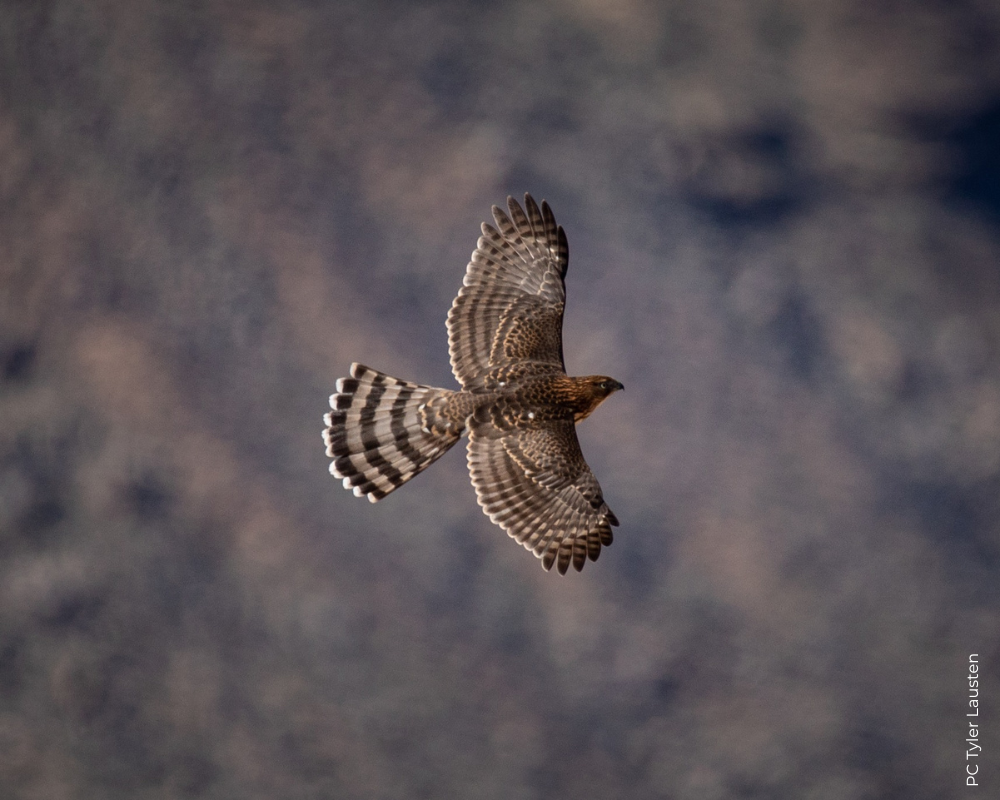Overview
Of the accipitrines, Cooper’s Hawk is the most common breeder throughout the Lower 48. They were once thought to nest in forested areas only but are common in suburban neighborhoods, parks, and golf courses nowadays (especially in the West). Cooper’s Hawks are less common in southern Canada and virtually non-existent north of south-central Canada. Male Cooper’s Hawks are about the size of a crow, but females are notably larger. They prey primarily on smaller birds, which they catch by surprise more than speed. In fact, they rarely chase birds for extended periods like falcons do, giving up the chase once they’ve lost ground. Cooper’s Hawks will also eat squirrels, especially Eastern females, which are quite powerful.
Cooper’s Hawks from the West average smaller than those in the East. Regardless, size can be extremely misleading when telling Cooper’s from Sharp-shinned Hawk or Goshawk in flight. The fact is, it takes years of practice to gain the skill to accurately distinguish Sharp-shinned Hawks from Cooper’s Hawks in the field. And even then, it’s still impossible to ID everyone. Cooper’s Hawk are generally silent, but their call is a nasal “kek-kek-kek-kek-kek”; begging fledglings make a high-pitched, rising, whistled “sweeee.”




